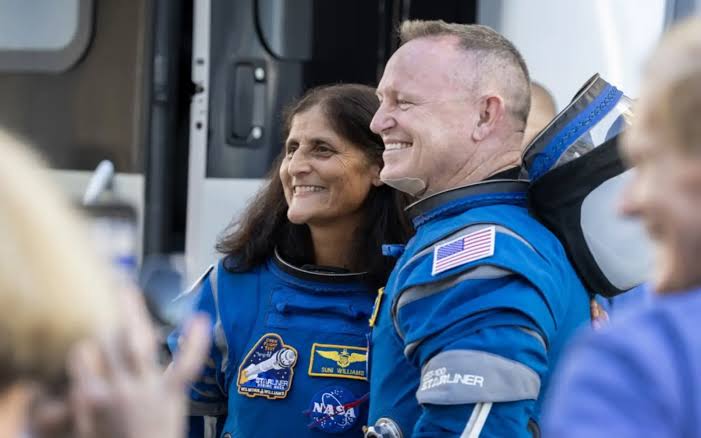In a dramatic and historic moment for space exploration, NASA astronauts Suni Williams and Butch Wilmore have safely returned to Earth after an unprecedented nine-month extended mission aboard the International Space Station (ISS). Their splashdown off Florida’s Gulf Coast near Tallahassee marks not only a triumphant conclusion to a challenging mission but also a turning point in how extended stays in orbit are managed when unexpected issues arise. This milestone, made possible by a SpaceX Crew Dragon capsule, highlights the intricate collaboration between NASA and private spaceflight companies, while emphasizing resilience, advanced technology, and the evolving landscape of human spaceflight.
An Unexpected Extended Mission
Originally scheduled for a short-duration mission, the astronauts’ journey took an unforeseen turn when technical problems with a Boeing Starliner spacecraft forced NASA to extend the mission. What was intended to be an eight-day mission evolved into a 286-day stay in orbit. The extended period, which some media referred to as a “9-month odyssey,” provided NASA with valuable data on human endurance in space, life support system performance, and the practical challenges of long-duration missions on the ISS.
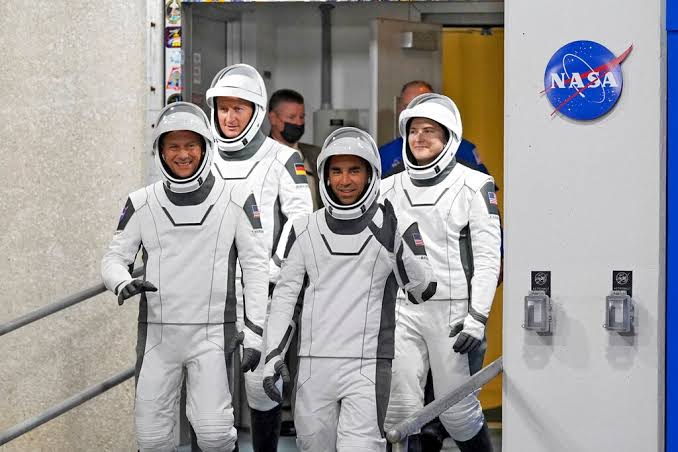
This delay was not just a technical setback—it was a testament to the unpredictable nature of space exploration. Engineers and mission control teams faced challenges that required rethinking flight plans and ensuring astronaut safety. In the process, NASA, SpaceX, and Boeing were thrust into the spotlight, each playing a critical role in managing the crisis while ensuring that the crew could remain safe and productive in orbit.
The Role of SpaceX Crew Dragon in the Return
When the time finally came for the astronauts to return home, the mission’s success hinged on the capabilities of SpaceX’s Crew Dragon capsule. Known for its state-of-the-art design and reliability, the Crew Dragon was tasked with bringing home four astronauts—Suni Williams, Butch Wilmore, Nick Hague, and Russian cosmonaut Aleksandr Gorbunov. The capsule’s splashdown near Tallahassee, Florida, just before 6 p.m. Eastern Time, was a meticulously coordinated operation involving recovery ships, emergency response teams, and a dedicated crew of engineers from both NASA and SpaceX.
This return operation showcased the seamless integration of modern spacecraft design with time-tested safety protocols. As the capsule re-entered Earth’s atmosphere, it faced extreme conditions—reaching speeds over 17,000 miles per hour and withstanding temperatures as high as 3,500°F. The Crew Dragon’s robust heat shield absorbed and dissipated this kinetic energy, ensuring the astronauts remained protected from the intense heat generated by friction and plasma formation. The spacecraft’s design, including its blunt body to reduce re-entry stress, was pivotal in ensuring a safe and controlled descent.
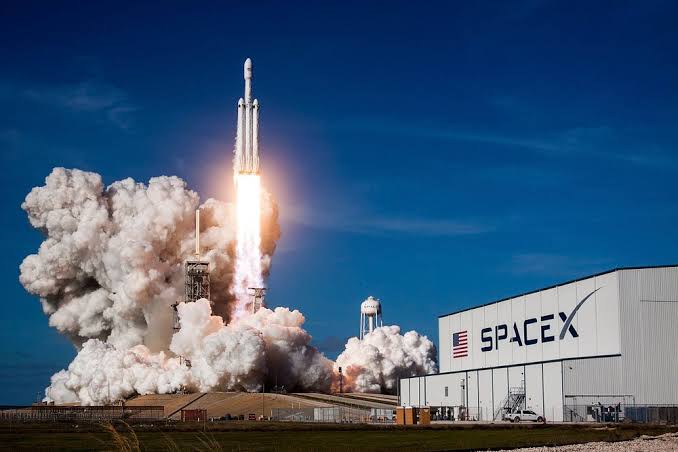
Technical Challenges of Re-Entry
Re-entering the Earth’s atmosphere is one of the most perilous phases of any space mission. As the spacecraft plummeted toward the planet, the friction with air molecules created a layer of superheated plasma around the capsule. This plasma not only produced a brilliant, glowing barrier but also interfered with radio communications—a challenge that NASA and SpaceX had anticipated and prepared for.
To counteract these challenges, modern technology such as SpaceX’s integration with Starlink satellites played a crucial role. These satellites, orbiting at higher altitudes, provided uninterrupted data transmission even when the plasma layer threatened to block conventional radio signals. In essence, Starlink’s laser-based communications ensured that mission control maintained contact with the crew throughout the re-entry process, making this return not only safe but also technologically impressive.
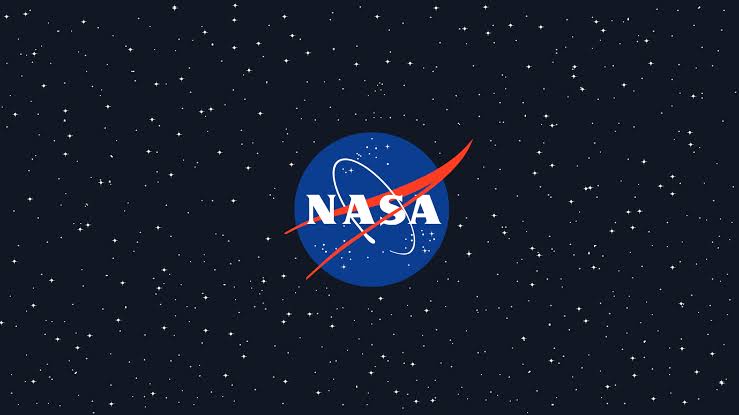
Navigating Political and Administrative Controversies
While the technical aspects of the mission were being managed with precision, the extended stay of astronauts Suni Williams and Butch Wilmore also ignited a political debate that resonated far beyond the confines of NASA’s control room. Critics and commentators from various political spectrums questioned the decision-making process that led to the extended mission, with some alleging that the astronauts had been left stranded in space.
In a series of high-profile exchanges, former President Trump controversially claimed that his predecessor, President Biden, had abandoned the astronauts in space. Adding fuel to the fire, Elon Musk—SpaceX’s founder and a prominent figure in the space industry—asserted that he had offered to bring the crew home six months earlier, a claim that he later linked to political motivations. However, NASA Administrator Bill Nelson quickly dispelled these notions, emphasizing that no external political considerations influenced the decision to extend the astronauts’ stay on the ISS. According to Nelson, the decision was purely based on operational requirements and the technical challenges posed by the malfunctioning Boeing Starliner.
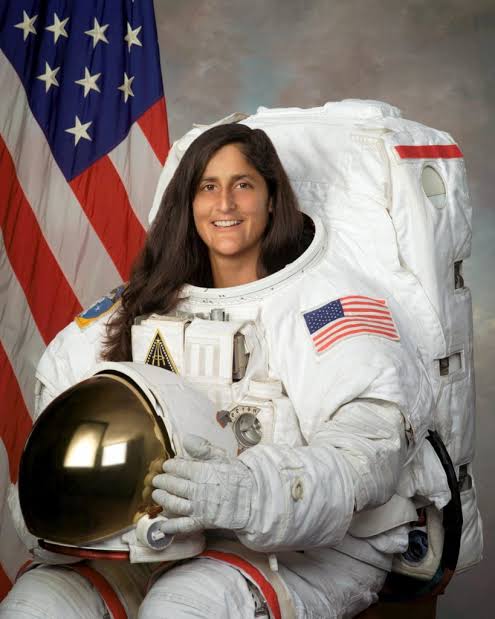
This controversy underscored the complex interplay between politics, technology, and public perception in space missions. It served as a reminder that while space exploration is driven by scientific inquiry and innovation, it is also subject to scrutiny from the highest levels of government and the media. Nonetheless, NASA’s steadfast commitment to safety and operational efficiency ultimately prevailed, allowing the crew to complete their mission and return home unharmed.
Life Aboard the International Space Station
Despite the extended mission duration, the astronauts maintained an active and productive schedule aboard the ISS. Their time in orbit was filled with scientific experiments, technology demonstrations, and daily routine tasks that are critical to long-duration spaceflight. The ISS, a symbol of international cooperation and scientific progress, provided the ideal environment for conducting research that could lead to breakthroughs in medicine, materials science, and space travel.
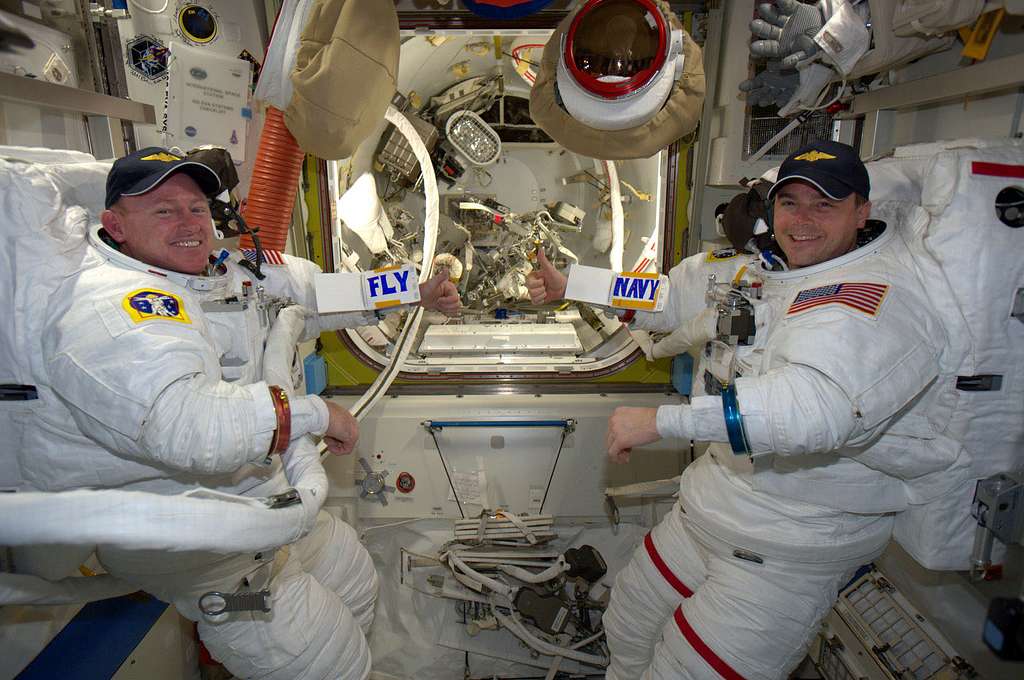
The extended mission offered researchers a unique opportunity to study the effects of prolonged exposure to microgravity on the human body. From bone density loss to muscle atrophy, the challenges faced by astronauts in space are well-documented, and long-term missions offer invaluable data to help mitigate these issues in future missions. Moreover, the mission contributed to the understanding of spacecraft systems under extended use, which is crucial for planning future deep-space explorations, including missions to Mars.
Recovery and Re-Integration to Earth
Following their splashdown, the astronauts’ journey was far from over. Once recovered from the Gulf Coast waters, the crew underwent a series of medical evaluations to ensure they were fit for readjusting to Earth’s gravity. Recovery teams from NASA and SpaceX worked together to safely transfer the astronauts from the capsule to specialized recovery vehicles, designed to ease the transition from weightlessness to normal gravity.
The astronauts were then transported to Houston’s Johnson Space Center, where they would spend several days in quarantine and medical observation. This process is standard protocol for long-duration space missions, ensuring that any potential health issues are promptly addressed before the crew is reunited with their families. The careful and measured recovery process not only guarantees the well-being of the astronauts but also provides critical data for future missions, as scientists continue to study the physiological impacts of space travel.
Lessons Learned and the Future of Spaceflight
The mission’s unexpected extension and the safe return of the astronauts have provided NASA and its partners with valuable lessons. The technical challenges encountered—particularly those involving the Boeing Starliner—have spurred discussions about the future of spacecraft design, redundancy in crew transport systems, and the integration of commercial spaceflight capabilities.
SpaceX’s successful role in this operation underscores the importance of public-private partnerships in advancing space exploration. With companies like SpaceX and innovations such as the Crew Dragon and Starlink, the landscape of human spaceflight is rapidly evolving. These collaborations not only enhance the reliability and safety of missions but also open up new possibilities for future exploration, from lunar missions to the eventual human exploration of Mars.
Throughout this unprecedented journey, several words have dominated the narrative in media and public discussions. Terms such as NASA, astronaut, SpaceX, Crew Dragon, International Space Station (ISS), Boeing Starliner, extended mission, splashdown, Florida Gulf Coast, re-entry, heat shield, plasma, orbit, SpaceX capsule, recovery operations, Bill Nelson, Elon Musk, Trump, Biden, and Starlink have been integral in capturing the essence of this historic event. These high-impact scenes not only reflect the core elements of the mission but also ensure that discussions around space exploration and human spaceflight remain vibrant and relevant in public discourse.
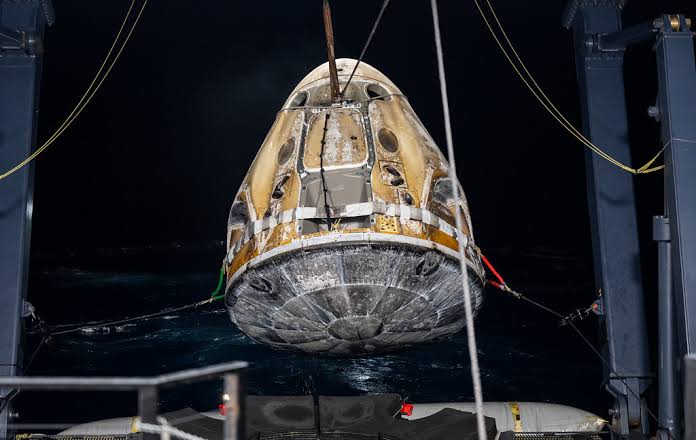
A Testament to Human Resilience and Innovation
The safe return of Suni Williams, Butch Wilmore, and their crewmates is more than just a successful recovery operation—it is a celebration of human ingenuity, resilience, and the relentless pursuit of knowledge. The extended mission, though fraught with unforeseen challenges, allowed for groundbreaking research, operational improvements, and a deeper understanding of what it takes to live and work in space.
From the technical marvel of re-entry with its intense heat and plasma formation to the political debates that emerged in its wake, every aspect of this mission has contributed to a broader narrative of progress in space exploration. NASA’s ability to adapt, innovate, and overcome adversity remains a beacon of inspiration for scientists, engineers, and dreamers around the globe.
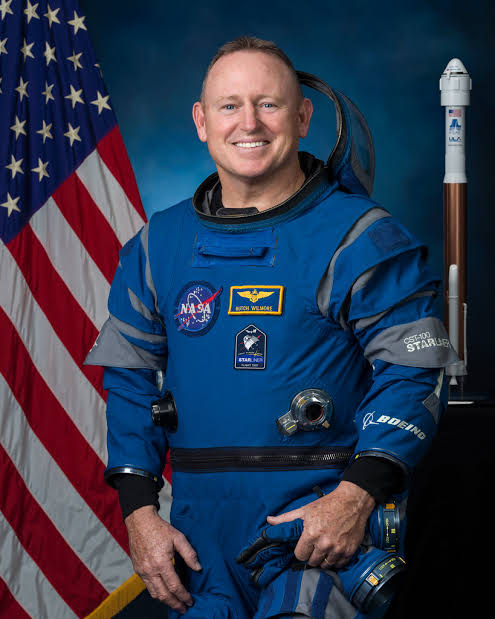
Concluding Thoughts
As the world reflects on the safe splashdown and homecoming of these courageous astronauts, it is clear that this mission will be remembered as a defining moment in modern space exploration. The challenges encountered, the technological triumphs achieved, and the unwavering commitment to safety have set a new standard for future missions.
With the continued collaboration between NASA, SpaceX, Boeing, and other key players in the space industry, the future of human spaceflight looks brighter than ever. The lessons learned from this extended mission will undoubtedly inform the planning and execution of future endeavors, whether they involve trips to the Moon, missions to Mars, or further exploration of the ISS.
In the grand tapestry of space exploration, every mission adds a unique chapter to our collective story—a story of pushing boundaries, overcoming obstacles, and reaching for the stars. The return of NASA astronauts Suni Williams and Butch Wilmore is a powerful reminder that even in the face of adversity, innovation, collaboration, and determination can lead to extraordinary achievements.
As recovery teams continue their post-mission assessments and scientists analyze the wealth of data collected over those 286 days in orbit, the world awaits the next chapter in human spaceflight. For now, the safe splashdown off Florida’s Gulf Coast stands as a testament to the spirit of exploration—a spirit that drives us to venture into the unknown and, ultimately, to return home safely.
With every successful mission, we move one step closer to unlocking the mysteries of the universe. And as new challenges arise, the commitment of agencies like NASA and companies like SpaceX will continue to pave the way for a future where space is not the final frontier, but a realm of endless possibilities.






